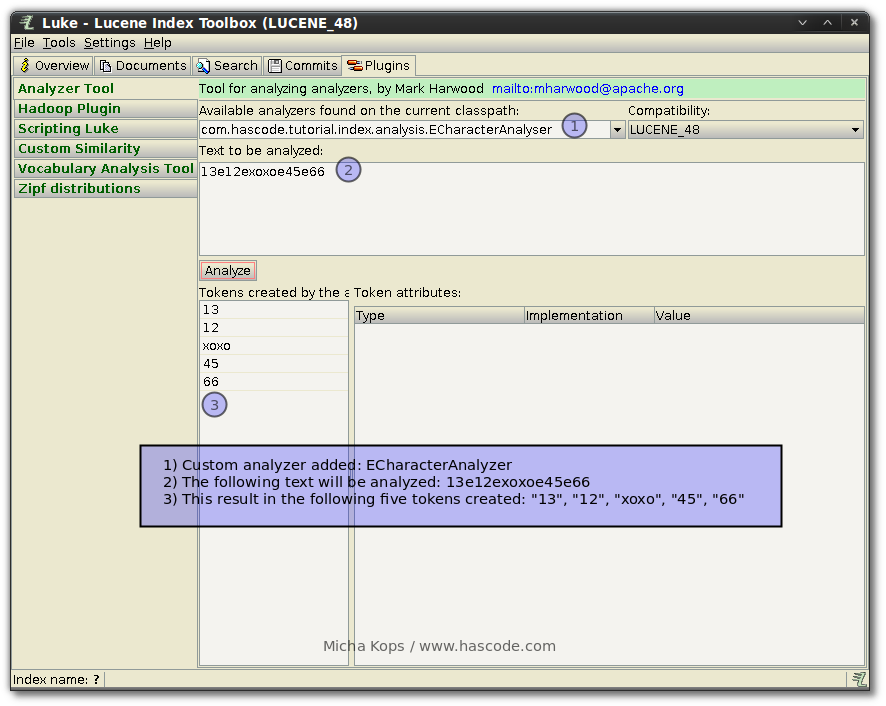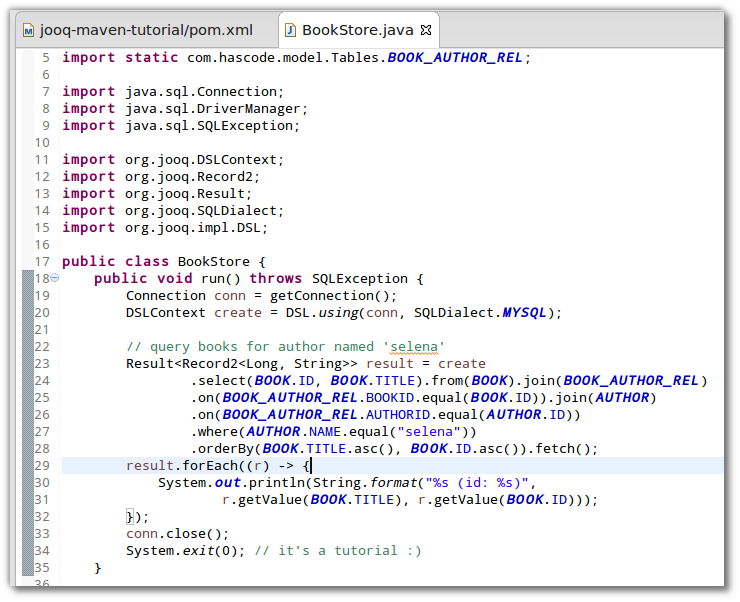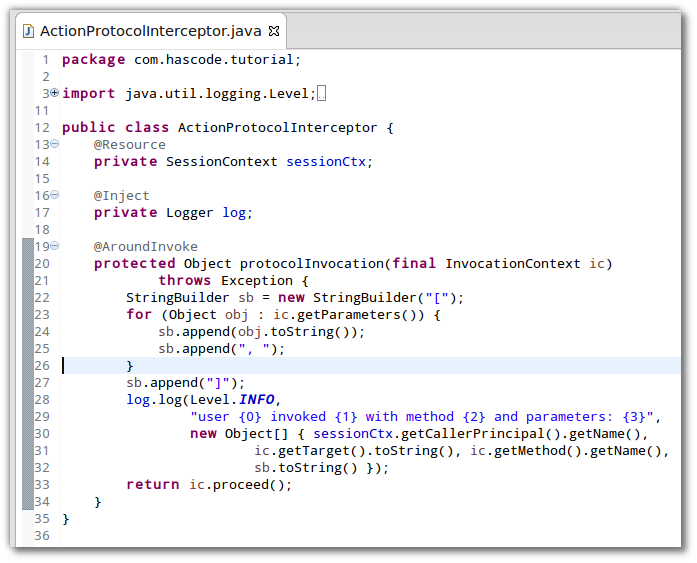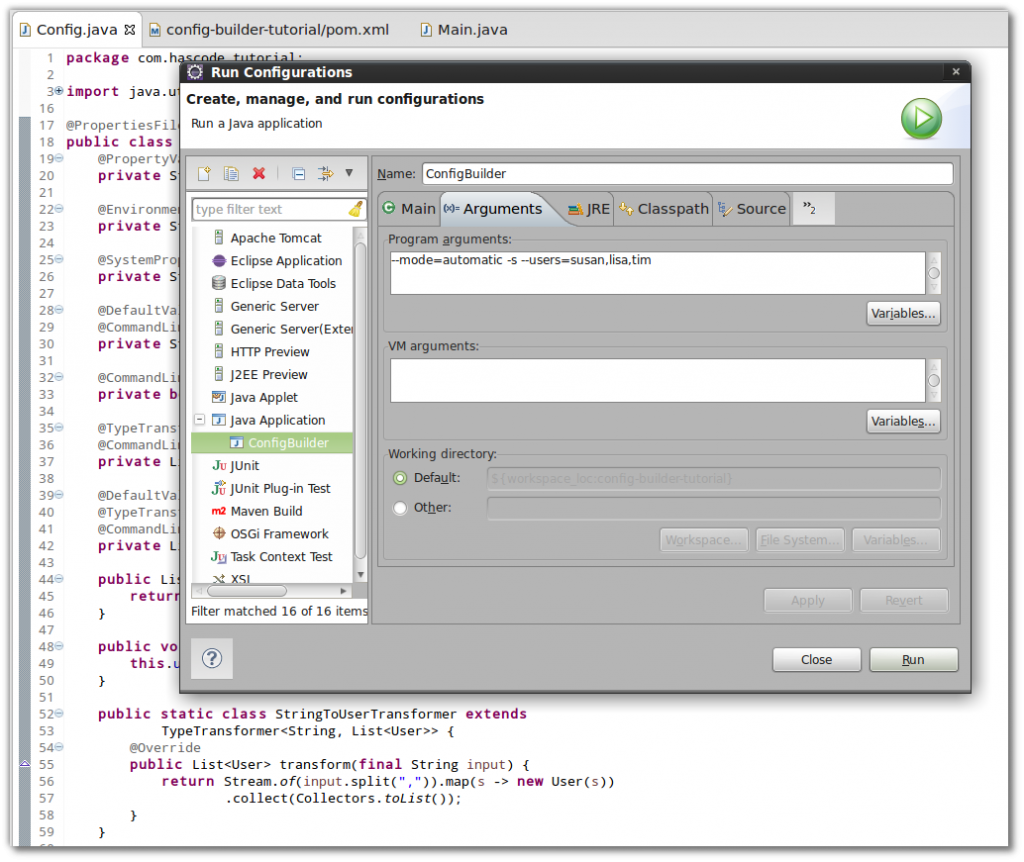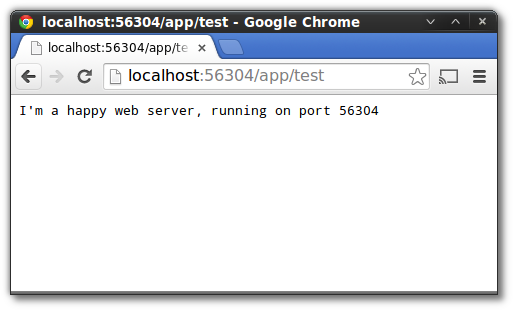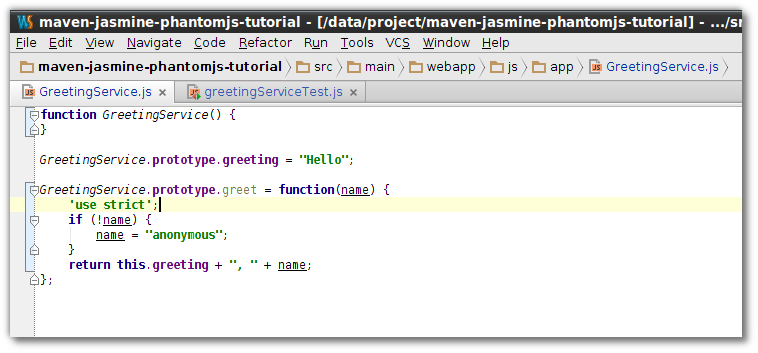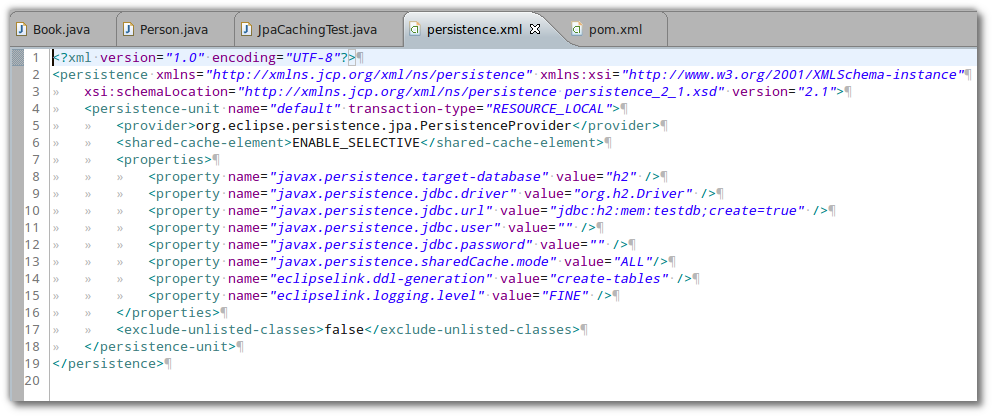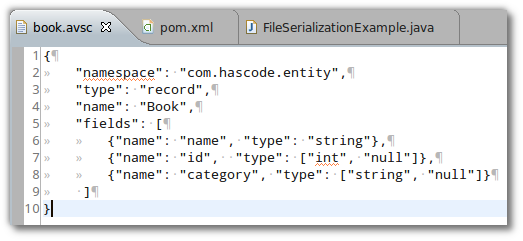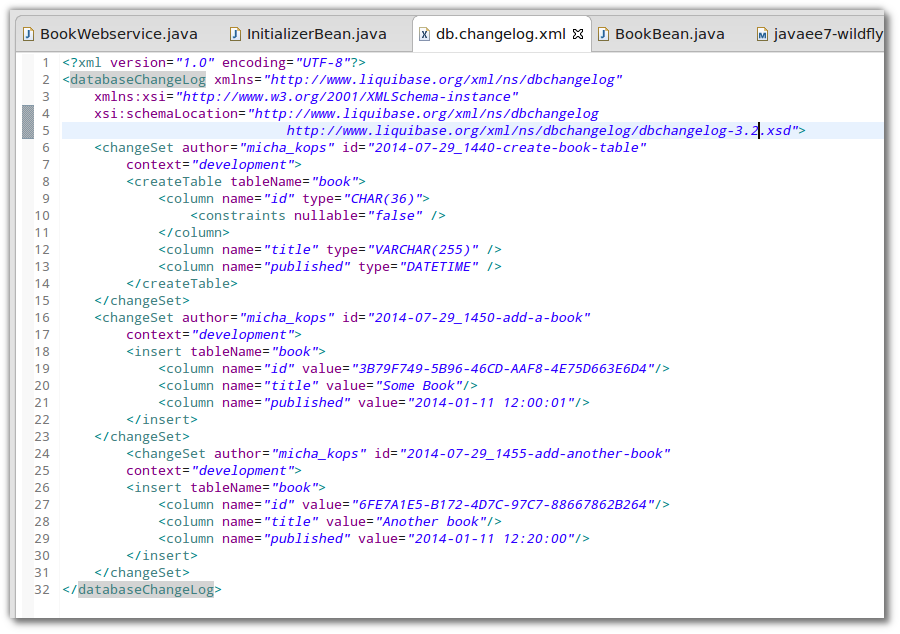
Java EE 7 Database Migrations with Liquibase and WildFly
I have written about other database migration frameworks before but in this article I’d like to cover the Liquibase framework in combination with WildFly as Java EE 7 compatible application server. In the following tutorial, we’re going to write a full Java EE 7 book store application with a few steps and with Liquibase on board to create the database structure and insert example data into the database. Thanks to the WildFly Maven Plug-in we even do not need to download and configure the application server but let Maven and the plug-in do the work for us. ...
